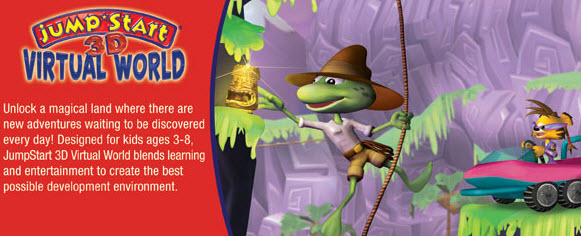 More than 200 virtual worlds aimed at young people are in development around the world, according to Virtual Worlds Management.
More than 200 virtual worlds aimed at young people are in development around the world, according to Virtual Worlds Management.
What explains the mad rush? Basically, Disney bought Club Penguin in 2007 for $700 million, triggering an industry-wide gold rush.
Virtual Worlds Management tracks all of this business, and first released a count of 150 kids virtual worlds in the works in August. Of those, 59 use a micro-transaction business model — in which the world is free to join but the company makes money selling virtual goods. Another 57 worlds plan to generate revenue through subscription fees, while 46 rely on advertising.
The ad-based and micro-transaction worlds primarily target teens and tweens. The younger the children, the more likely they are to be subsidized by parents; hence, the popularity of subscription models among the worlds built for the youngest users.
About 107 of the listed worlds are aimed at kids aged seven and under. Tweens ages eight to 12 are the target audience for 90 worlds, while teens are the anticipated audience for 78. This shows a definite shift since August, when tweens led the pack with 88 worlds, kids with 72 and teens trailing with 60 targeted worlds.
Given the spike in the number of worlds catering to the user group aged three and up — like Knowledge Adventure’s JumpStart 3D World — (and the economic doldrums) it’s not likely that every kids’ virtual world will survive. (And please check out the link to our upcoming GameBeat 09 game conference coming up March 24.)
VentureBeat's mission is to be a digital town square for technical decision-makers to gain knowledge about transformative enterprise technology and transact. Learn More
